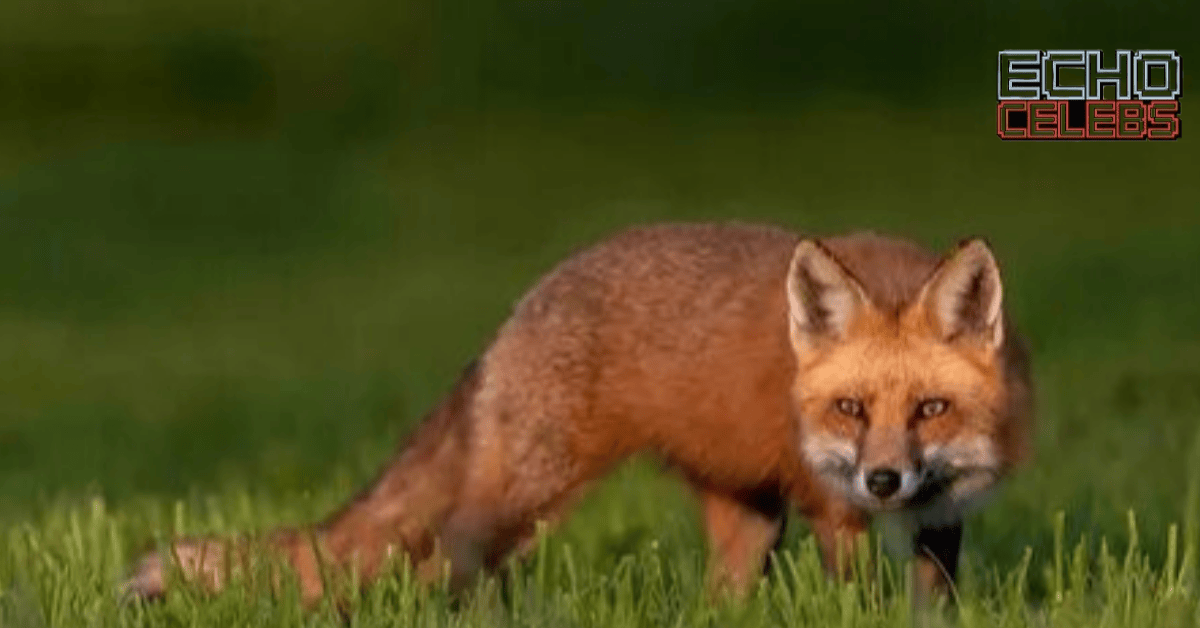Ever wondered about the fox plural form and found yourself second-guessing? You’re not alone! Whether you’re writing a story, crafting an email, or just sharing your wildlife observations, that moment of hesitation can be frustrating. Is it foxes, fox, or something else entirely?
Let me clear up this common confusion once and for all. As someone who’s helped countless writers and English learners tackle these tricky grammar questions, I’ll guide you through everything you need to know about pluralizing “fox” – and trust me, it’s simpler than you might think. Plus, I’ll share some fascinating facts about these clever creatures along the way!
The Simple Answer: Foxes
Let’s start with the straightforward answer: the plural of “fox” is “foxes.” Just add -es to the end of the word.
That’s it! But if you’re wondering why we use -es instead of just -s, or if you’d like to learn more about these clever creatures and how we talk about them, keep reading.
Why Do We Add -es Instead of Just -s?
Here’s a friendly rule to remember: when a word ends in -x, we usually add -es to make it plural. This is because the sound of -x followed by just -s would be pretty tricky to pronounce! Some other examples include:
- box → boxes
- tax → taxes
- mix → mixes
Think of it as English giving us a helping hand with pronunciation. That extra ‘e’ makes everything flow more smoothly when we speak.
Common Mistakes to Avoid
Sometimes people wonder if “fox” might have an irregular plural form, like:
- foxs (incorrect)
- foxxes (incorrect)
- foxen (incorrect)
These are all wrong! Just remember: fox → foxes, and you’ll always get it right.
Fun Examples of Using “Foxes” in Sentences

Let’s see how we use “foxes” in real life:
- “Three red foxes live in the forest behind my house.”
- “Arctic foxes change their fur color when winter comes.”
- “The foxes in our neighborhood sometimes raid garbage bins at night.”
- “Did you know that foxes are excellent hunters?”
Notice how natural “foxes” sounds in all these sentences? That’s because it’s following the standard English pattern for making plurals of words ending in -x.
Interesting Facts About Fox/Foxes
Now that we’ve cleared up the grammar, let’s learn some fascinating things about these animals:
Groups of Foxes
When talking about a group of foxes, you might hear some special terms:
- A skulk of foxes
- A leash of foxes
- An earth of foxes
These are called collective nouns, and while they’re fun to know, you can always just say “group of foxes” and be perfectly correct!
Types of Foxes
There isn’t just one kind of fox – we have:
- Red foxes
- Arctic foxes
- Fennec foxes
- Gray foxes And many more! Notice how we use “foxes” consistently for all these different types.
Using “Fox” vs “Foxes” in Different Situations
Let’s look at when to use which form:
Single Fox (Singular)
- “A fox jumped over the fence.”
- “The fox is hunting mice.”
- “I saw a fox in my garden.”
Multiple Foxes (Plural)
- “The foxes are playing in the snow.”
- “Many foxes live in urban areas now.”
- “Both foxes had beautiful red fur.”
Fox-Related Expressions
The word “fox” appears in many English expressions, and it’s worth noting how they use either the singular or plural form:
- “Crazy like a fox” (singular)
- “Quick as a fox” (singular)
- “The foxes guard the henhouse” (plural)
Digital Age Usage: Emojis and Hashtags

Even in modern digital communication, knowing the correct plural matters:
- #WildFoxes
- #UrbanFoxes
- #SaveTheFoxes
When using these hashtags or writing about foxes on social media, the same rules apply!
Tips for Remembering the Plural
Here’s a simple way to always remember the correct plural:
- See a word ending in -x
- Add -es
- That’s it!
It really is that simple. No special rules or exceptions to worry about.
What About Possessives?
While we’re on the topic, let’s quickly cover possessive forms:
- One fox’s den (singular possessive)
- Multiple foxes’ dens (plural possessive)
Just add an apostrophe and s (‘s) for singular, or an apostrophe (‘) after the -es for plural possession.
Common Questions Answered
Is “foxes” always plural?
Yes! Any time you’re talking about more than one fox, use “foxes.”
Can “fox” ever be used for multiple animals?
No, unlike some words (like “sheep” which is the same in singular and plural), “fox” always becomes “foxes” when plural.
Does this rule apply to all types of foxes?
Yes! Whether you’re talking about red foxes, arctic foxes, or any other kind, the plural is always formed by adding -es.
Conclusion
So there you have it – the plural of “fox” is always “foxes.” It’s a simple rule that follows the standard English pattern for words ending in -x. Whether you’re writing a story, doing homework, or just chatting about these clever creatures, you can now be confident in using the correct form.
Remember:
- One fox
- Two or more foxes
- Always add -es
- No exceptions!
Next time you see these beautiful creatures in the wild or write about them, you’ll know exactly how to refer to them, whether it’s one curious fox or a whole family of foxes playing in the snow. And isn’t it nice when English grammar makes perfect sense?

Hi, I’m Tom Hales, an English grammar enthusiast dedicated to helping you improve your writing skills. With a passion for clear communication, I share practical tips, lessons, and resources to make learning grammar simple and enjoyable. Let’s master the rules of language together!”

